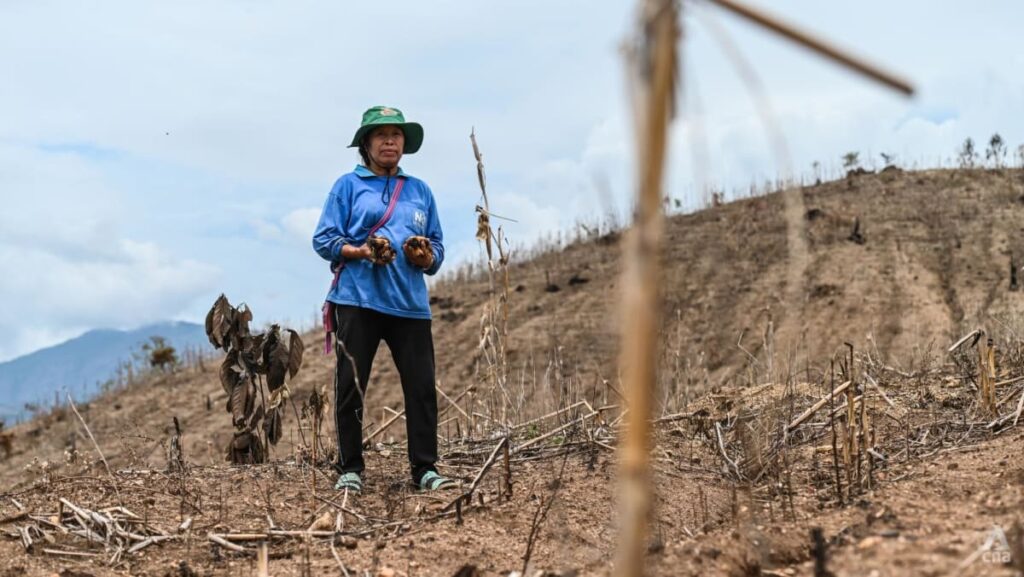That said, PM2.5 pollution – tiny pollution particles that can cause serious health problems – in Thailand is also caused by cultivation of other crops like sugarcane, as well as transport and industrial emissions.
As maize cultivation also takes place across Thailand’s borders, curbing pollution from burning is challenging and “has to be done region wide… to include other countries and try to work together”, said Somporn Chantara, the head of the Environmental Science Research Center at Chiang Mai University.
Overall, these types of agricultural emissions contribute to more than 34,000 premature deaths annually in Thailand, according to research by Madre Brava. The total death count could reach 361,000 by 2050 if meat demand grows, the organisation projects.
The conversion of forest areas to industrial maize plantations has also led to an increase in the risk of flooding and landslides in both Chiang Mai and Chiang Rai provinces.
Across late 2024, the region saw its worst flooding in decades, including deadly mudslides and entire communities inundated by torrential waters. Areas used for industrial maize were more prone to dangerous runoff and disaster risk, Greenpeace found.
“It’s pretty traumatic, actually, when you look at it with your own eyes and walk through either an intact forest or an area that was a forest just a year or two or five years ago and is now dramatically altered,” Simmerman, the researcher, said.
“It’s painful to see, to be honest, the destruction.”
Thailand’s forests have steadily shrunk – from three-quarters of the country at the beginning of the 20th century, that figure has dropped to about one-third.
While commercial logging was banned in 1989, the pressures on the remaining tracts of land are real.
“You see these situations where (farmers) literally cut the trees all the way up to a national park border. On one side, it’s a gorgeous, lush forest. On the other side, it’s a desert,” said Simmerman, who has lived in Thailand for a couple of decades.
https://www.channelnewsasia.com/sustainability/thailand-maize-agriculture-meat-industry-5194066


